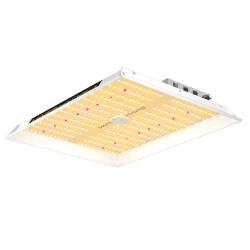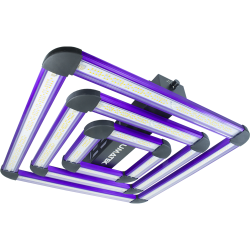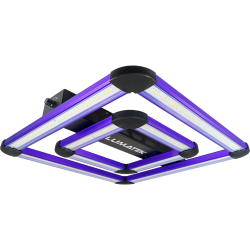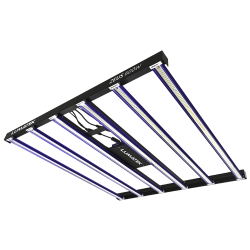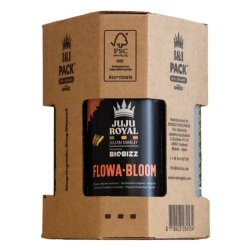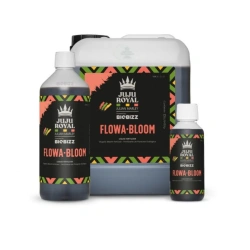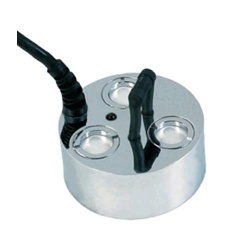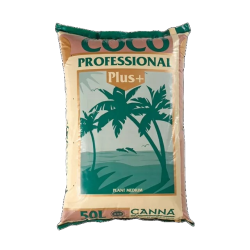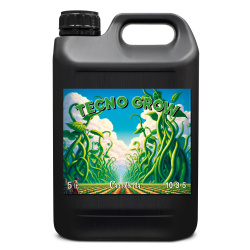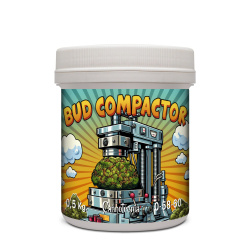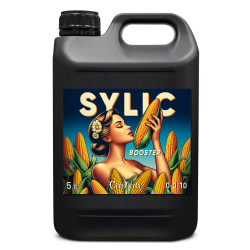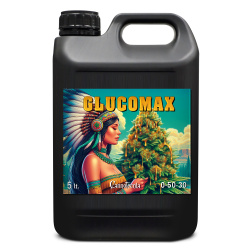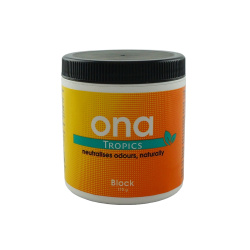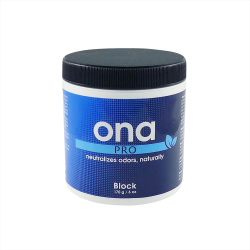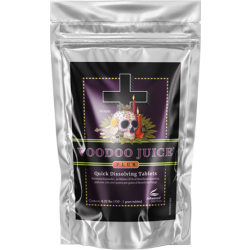2.3 μmol/J is a unit used to measure the efficiency of a light source, particularly in horticulture and lighting applications. It represents the number of micromolar photons emitted per joule of electricity consumed by the light source.In horticulture and indoor gardening, measuring photosynthetic photon flux density (PPFD) is essential to determine the amount of light available for plant growth. PPFD is usually measured in units of micromoles per square meter per second (μmol/m²/s), which represents the number of photons within the photosynthetic radiation range (PAR) (400-700 nanometers) that reach a given area per second.To calculate the efficiency of a light source in units of micromoles per joule, you divide the PPFD (μmol/m²/s) by the electrical power consumed by the light source (in watts). This ratio gives you the number of micromole photons emitted per joule of electricity.It is important to note that the efficiency of different light sources can vary significantly. LEDs, for example, are known for their high efficiency compared to traditional lighting technologies such as halogen or fluorescent lamps. LED grow lights can often achieve efficiencies in the range of 1.5 to 3 μmol/J or even higher, meaning they can provide more light per unit of electricity compared to other light sources.It is always recommended to consult the specifications provided by the light source manufacturer to obtain accurate performance measurements for a specific product.

